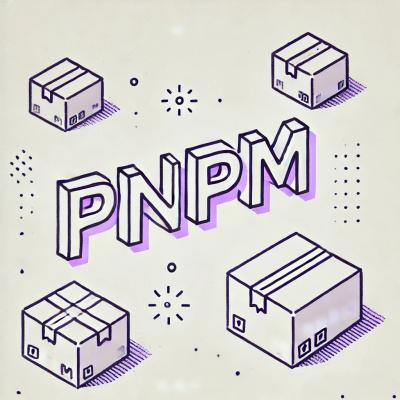
Research
Security News
The Growing Risk of Malicious Browser Extensions
Socket researchers uncover how browser extensions in trusted stores are used to hijack sessions, redirect traffic, and manipulate user behavior.
@commitlint/rules
Advanced tools
@commitlint/rules is a package that provides a set of rules for linting commit messages. It helps enforce consistent commit message formats, which can be crucial for maintaining a clean and understandable project history. The package is highly configurable and can be integrated into various CI/CD pipelines to ensure commit message standards are met.
Enforcing Commit Message Format
This feature allows you to enforce specific formats for commit messages. The 'type-enum' rule ensures that the commit type is one of the specified values, while the 'subject-case' rule enforces that the subject is not in certain cases.
{"rules":{"type-enum":[2,"always",["feat","fix","docs","style","refactor","test","chore"]],"subject-case":[2,"never",["sentence-case","start-case","pascal-case","upper-case"]]}}Custom Rules
You can define custom rules to enforce specific constraints on commit messages. For example, 'header-max-length' ensures that the commit header does not exceed 72 characters, and 'body-max-line-length' ensures that each line in the commit body does not exceed 100 characters.
{"rules":{"header-max-length":[2,"always",72],"body-max-line-length":[2,"always",100]}}Integration with CI/CD
This feature allows you to integrate @commitlint/rules with your CI/CD pipeline. By adding a script to your package.json, you can ensure that commit messages are linted automatically during the commit process.
{"scripts":{"commitmsg":"commitlint -E HUSKY_GIT_PARAMS"}}Commitizen is a tool that helps you write standardized commit messages. It provides an interactive CLI that guides you through the commit process, ensuring that your commit messages adhere to a predefined format. Unlike @commitlint/rules, which focuses on linting existing commit messages, Commitizen helps you create them correctly in the first place.
Semantic-release automates the versioning and package publishing process based on the commit messages. It uses commit message conventions to determine the type of release (major, minor, patch) and generates changelogs automatically. While @commitlint/rules focuses on enforcing commit message standards, semantic-release leverages those standards to automate the release process.
Husky is a tool that allows you to run scripts in response to Git hooks. It can be used in conjunction with @commitlint/rules to enforce commit message standards by running commitlint as a pre-commit or pre-push hook. While Husky itself does not provide commit message linting, it is a powerful tool for integrating commitlint into your workflow.
FAQs
Lint your commit messages
The npm package @commitlint/rules receives a total of 3,643,800 weekly downloads. As such, @commitlint/rules popularity was classified as popular.
We found that @commitlint/rules demonstrated a healthy version release cadence and project activity because the last version was released less than a year ago. It has 4 open source maintainers collaborating on the project.
Did you know?

Socket for GitHub automatically highlights issues in each pull request and monitors the health of all your open source dependencies. Discover the contents of your packages and block harmful activity before you install or update your dependencies.

Research
Security News
Socket researchers uncover how browser extensions in trusted stores are used to hijack sessions, redirect traffic, and manipulate user behavior.

Research
Security News
An in-depth analysis of credential stealers, crypto drainers, cryptojackers, and clipboard hijackers abusing open source package registries to compromise Web3 development environments.

Security News
pnpm 10.12.1 introduces a global virtual store for faster installs and new options for managing dependencies with version catalogs.